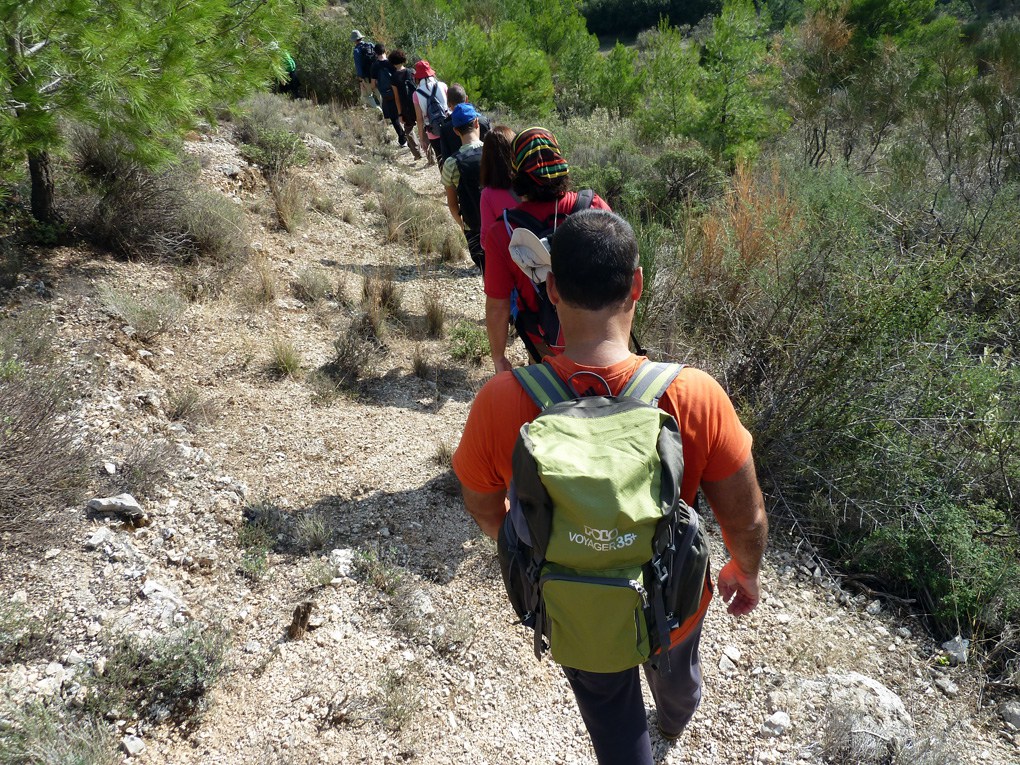Lyme Disease Prevention
Lyme Disease Prevention
Lyme disease is a common worry during the late spring and summer months. Living on Long Island, especially out on the east end where it is heavily wooded in many areas, the concern of a rogue tick leaching itself onto you, or even your child is very real. Residents in the Northeastern states, the Mid-Atlantic states and in the upper midwest region are at a greater risk than any other region of coming into contact with Lyme disease.
Island Sports Physical Therapy (ISPT), serving the residents of Nassau and Suffolk counties since 1985 wants you to be prepared this summer to avoid getting Lyme disease. Some of the symptoms associated with Lyme disease fall under flu-like symptoms, red expanding skin rash, Bell’s Palsy (facial muscle weakness), severe headache and nerve stiffness, fainting, shortness of breath, heart palpitations, shooting pains, pain/swelling in large joints, and light headedness.
According to the CDC (Center for Disease Control) in Atlanta, about 300,000 infections of Lyme disease occur each year. Lyme disease is spread through the bite of one infected tick. The tick that is most commonly associated with spreading Lyme disease is called the black legged tick.
The black legged tick is most commonly found anywhere through the eastern seaboard and like many ticks, can be found in humid environments with thick vegetation.
It is almost summer time and odds are you want to be spending the majority of your time outdoors and enjoying Summer activities and long nights outside around a campfire. So what are some steps that you can take to make sure you can avoid getting a tick bite? For starters, the CDC recommends that you use repellent that contains 20% or more DEET (diethyltoluamide) the most common, active ingredient in insect repellent. When applying insect repellent, focus it more on your legs and clothing. Do not get it on your hands, face or in your eyes.
You should also perform daily tick checks at the end of every day or outdoor activity on yourself and children. Areas you want to pay close attention to are under the arms, in and around the ears, inside the belly button, back of the knees, in and around all head and body hair, in between the legs and around the waist.
If you are hiking, playing in the backyard, or in an area with thick vegetation, try and avoid walking through bushes or grass that is above ankle height. If you do, a good technique is to wear your socks around your pant legs or pull them all the way up to your mid-calf section. As much as we want to wear flip flops or sandals during the summer month, it is always a good idea to wear sneakers with socks when doing outdoor activities to avoid a rogue tick attaching itself to you.
ISPT wants you to have a happy, healthy and safe summer. So start your summer off right, avoid any risk of coming into contact with Lyme disease and take the necessary precautions in order to assure you or your children do not develop the risk of Lyme disease.




